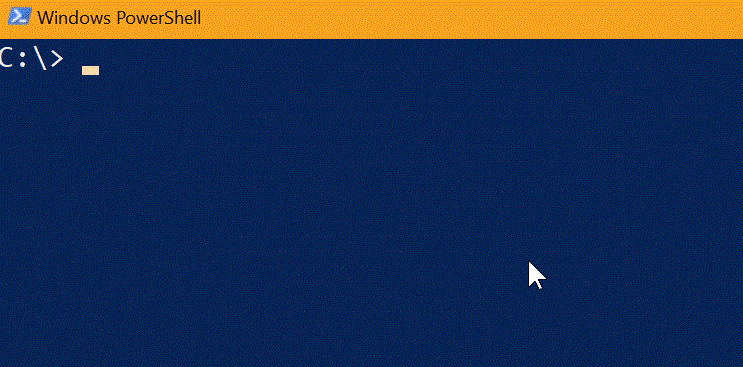Everyone has a trick for moving around their computer faster. It might be a favorite shell, a series of aliases or shortcuts. I like using popd and pushd to quickly go deep into a directory structure and return exactly where I was.
Another fantastic utility is simply called "Z." There is a shell script for Z at https://github.com/rupa/z that's for *nix, and there's a PowerShell Z command (a fork of the original) at https://github.com/vincpa/z.
As you move around your machine at the command line, Z is adding the directories you usually visit to a file, then using that file to give you instant autocomplete so you can get back there FAST.

If you have Windows 10, you can install Z in seconds like this:
C:\> Install-Module z -AllowClobber
Then just add "Import-Module z" to the end of your Profile, usually at $env:USERPROFILE\Documents\WindowsPowerShell\Microsoft.PowerShell_profile.ps1
Even better, Z works with pushd, cd, or just "z c:\users\scott" if you like. All those directory changes and moves will be recorded it the Z datafile that is stored in ~\.cdHistory.
What do you think? Do you have a favorite way to move around your file system at the command line?
Sponsor: Get the latest JetBrains Rider preview for .NET Core 2.0 support, Value Tracking and Call Tracking, MSTest runner, new code inspections and refactorings, and the Parallel Stacks view in debugger.
© 2017 Scott Hanselman. All rights reserved.
from Scott Hanselman's Blog http://feeds.hanselman.com/~/461008608/0/scotthanselman~Spend-less-time-CDing-around-directories-with-the-PowerShell-Z-shortcut.aspx
Comments
Post a Comment